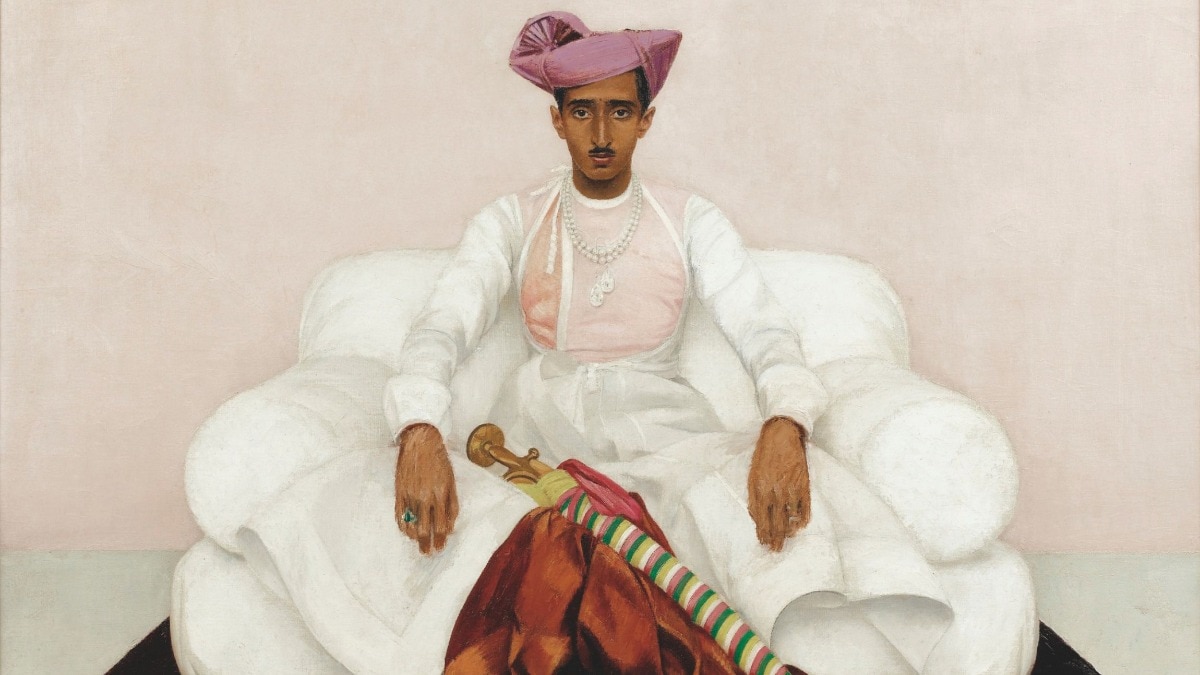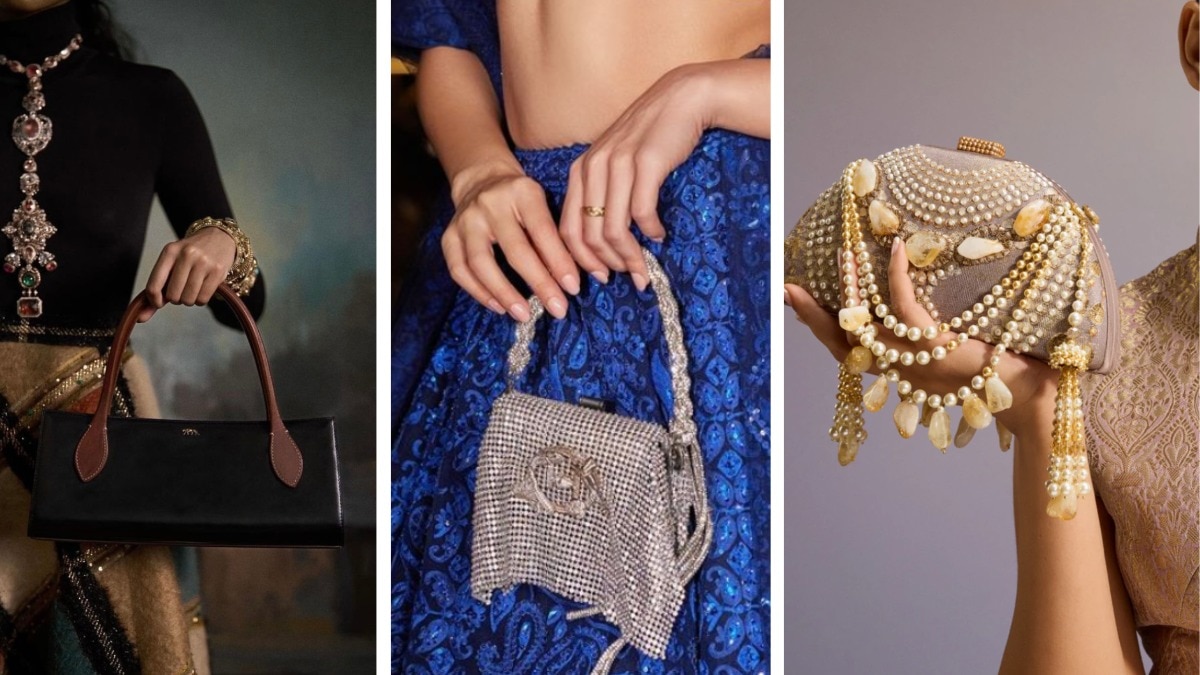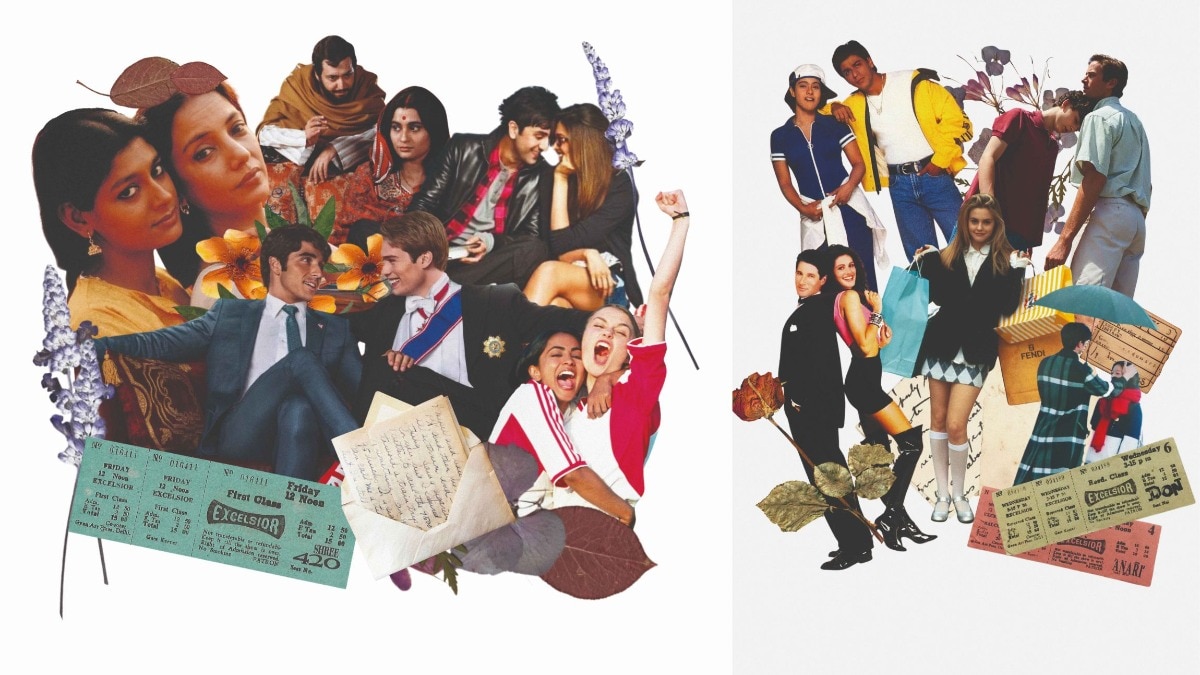3 designers who are bringing the traditional Scottish dress into modern fashion
The tartan makes a comeback this season.


The tartan pattern has about as many different meanings as possible, as well as colour combinations. It is a symbol of resistance—the Dress Act of 1746 banned wearing tartan in Scotland due to its popularity among the rebellious Highland clans. Tartan has also been an expression of anti-establishment—punks appropriated the pattern in 1970s. It has also been a stylistic device for the aristocracy—Queen Elizabeth II had her own pattern, the Royal Stewart tartan, and her love for the Highland Games is known, which celebrated Scottish culture.

In Riccardo Tisci’s interpretation for Burberry’s Fall 2022 show, he was careful to present the House’s patterns diversely, as a traditional brand—the checks are less Balmoral and more Brixton. In Riccardo’s final show, the models strut over finely-laid tables in London’s Westminster Hall, which was little punk, very modern, and fairly casual.

For Roberto Cavalli’s Fall 2022-23 collection, Creative Director Fausto Puglisi used the same factory that supplied wool to Queen Elizabeth II, and presented lined blazers and coats with an ocelot pattern and combined them with skin-tight jumpsuits. A smart rewrite of the Cavalli sex appeal.

On the other hand, Marine Serre’s Fall 2022 ready-to-wear collection was presented in front of artworks that were inspired by Old Masters but made reference to her own work. For instance, her prints were integrated into the pictures. The blending of the old and new was also expressed in fashion via the important concept of upcycling. The best example: the jacket design made up of four different scarves, based on the shape of the tweed jacket—another icon.










